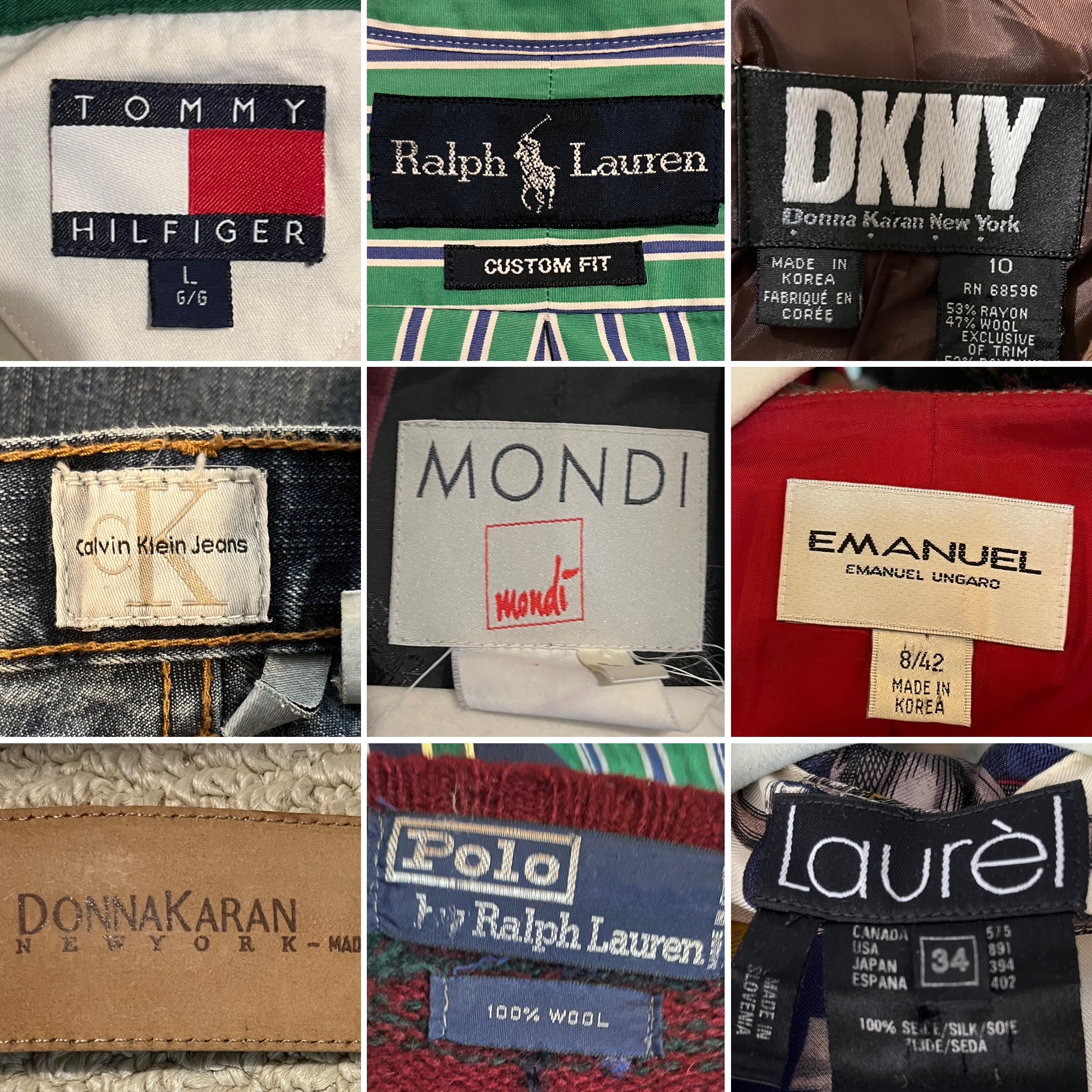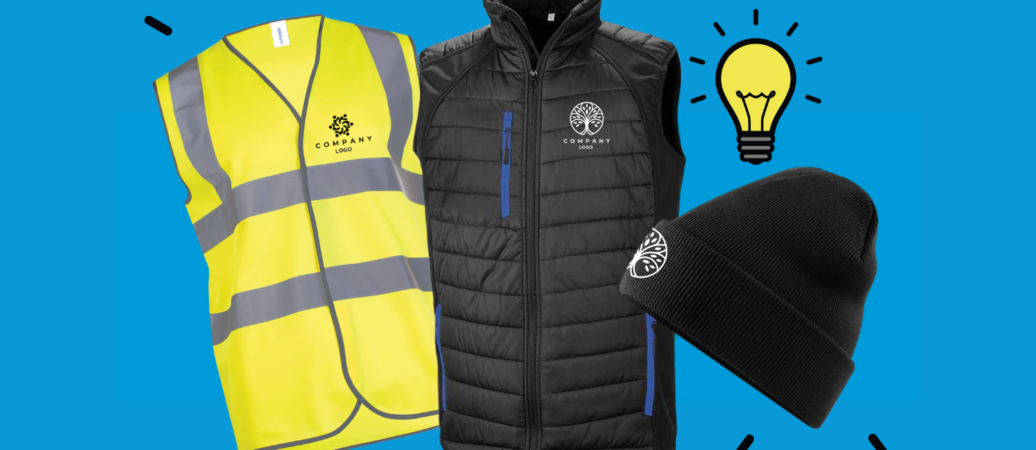How Sustainable Fabric Trends Are Shaping Branded Clothing Collections
How Sustainable Fabric Trends Are Shaping Branded Clothing Collections
Blog Article
Comprehending Apparel: The Value of Textile Options in Your Closet
The choice of fabric in apparel plays a critical function in both visual appeals and performance. Various products use varying degrees of resilience, breathability, and comfort, directly affecting the wearer's experience. Understanding these nuances can improve one's closet significantly. Many neglect how these choices can influence not just personal design, however likewise sustainability. What material decisions could redefine your wardrobe and straighten it with both design and duty?
The Function of Fabric in vogue and Functionality

Usual Material Kinds and Their Characteristics
When picking garments, recognizing the attributes of usual textile kinds is important for making informed selections. Cotton, a widely-used all-natural fiber, is recognized for its breathability, convenience, and soft qualities, making it appropriate for laid-back wear and daily garments. Bed linen, an additional natural choice, boasts outstanding moisture-wicking homes and a distinct structure, ideal for warm climates.Wool, often preferred for its warmth and sturdiness, varies in excellence; merino woollen is soft versus the skin, while coarser types are utilized for outerwear. Artificial materials like polyester and nylon provide toughness and resistance to wrinkles, making them preferred for activewear and travel garments. Blends, which integrate natural and artificial fibers, can boost performance while keeping comfort. By identifying these material features, people can select apparel that aligns with their way of life and aesthetic preferences.
Breathability and Convenience: Choosing the Right Fabrics for Various Environments
Choosing the right fabrics for numerous climates can significantly enhance convenience and overall wearability. Breathable products are important in warm climates, as they permit air blood circulation and moisture dissipation. Fabrics such as cotton, bed linen, and moisture-wicking synthetics efficiently attract sweat far from the body, maintaining the user cool and completely dry. Conversely, in cooler environments, thicker fabrics like woollen or fleece give insulation while preserving breathability, making sure warmth without overheating.Additionally, the selection of textile weight plays a crucial duty; lightweight materials are more suitable for summer season, whereas heavier alternatives are suited for winter season wear. Comprehending the distinct residential properties of each material allows people to dress suitably for varying weather conditions. Inevitably, picking breathable and comfy textiles tailored to particular environments can substantially boost daily convenience and enhance the total experience of putting on garments.
Resilience and Treatment: How Textile Affects Long Life of Your Wardrobe
Choosing the right materials can considerably impact the sturdiness and treatment needs of a closet. Fabrics such as cotton and polyester are known for their durability and ease of upkeep, making them excellent for everyday wear. On the other hand, delicate products like silk and lace call for even more careful handling and specialized cleansing approaches, which can boost the time and initiative needed for care. Branded Clothing.Durability is additionally influenced by the fabric's weave and coating; firmly woven materials tend to withstand wear and tear much better than loosely woven alternatives. In addition, synthetic blends commonly give enhanced longevity, integrating the very best top qualities of numerous fibers.Understanding the care directions for each and every material is vital, as improper drying or cleaning can lead to premature wear. Inevitably, picking durable products can lead to a longer-lasting wardrobe, reducing the regularity of substitutes and adding to a more lasting style choice
The Effect of Material on Fit and Shape

Lasting Textile Selections: Making Eco-Friendly Choices
The effect of textile extends past fit and shape to encompass environmental aspects, prompting a growing interest in sustainable material choices. Eco-friendly materials, such as organic cotton, hemp, and Tencel, are obtaining grip among customers that focus on sustainability in their closets. These products are typically produced with less chemicals and water, minimizing their ecological footprint.Additionally, recycled fabrics, made from post-consumer waste, provide a cutting-edge service to the fabric industry's air pollution problem. Brands progressively accept openness in their sourcing approaches, permitting consumers to make educated choices about their purchases.Choosing lasting fabrics not only supports moral methods yet also urges the fashion business to take on more responsible manufacturing techniques. As understanding of ecological issues rises, people are urged to assess the lasting impact of their web material choices, fostering a motion towards a more environmentally aware and lasting approach to fashion.
Elevating Style: Exactly How Material Can Change a Clothing
While several might concentrate on color and cut when selecting an attire, the choice of fabric plays a crucial function in raising design and enhancing general appearance. Different products share distinct moods and messages; for example, silk radiates luxury and refinement, while denim provides an informal, relaxed ambiance. The texture and drape of a material can significantly change the silhouette, with structured textiles giving a sleek look and softer ones producing a more fluid, loosened up aesthetic.Moreover, the weight of the textile influences wearability throughout periods. Light-weight textiles like bed linen and cotton are perfect for summertime, while larger products such as wool and velour offer heat and style in colder months. Comprehending fabric properties, such as breathability and stretch, additionally equips people to make enlightened choices that enhance comfort without compromising style. Inevitably, the right fabric can transform an attire from normal to extraordinary, making it an important consideration in any type of closet.
Regularly Asked Concerns
How Do I Recognize the Material Web Content of My Clothing?
To identify material web content, one can examine care tags, conduct melt examinations for fiber recognition, or seek advice from material examples. These techniques aid distinguish products, making sure notified options for apparel treatment and maintenance in daily wear.
Can Textile Selection Affect My Mood or Self-confidence?
Fabric selection can considerably impact a person's mood and confidence. Branded Clothing. Specific products might stimulate sensations of convenience or style, while others can feel restrictive or uncomplimentary, ultimately influencing self-perception and psychological well-being throughout the day
What Fabrics Are Ideal for Delicate Skin?
For people with delicate skin, natural textiles like bed linen, bamboo, and cotton are often advised. These products are breathable, hypoallergenic, and much less most likely to create irritation, making them ideal options for convenience and skin wellness.
How Do I Appropriately Laundry and Take Care Of Various Fabrics?
To appropriately clean and care for various fabrics, one must take into consideration each material's details demands, consisting of temperature settings, detergents, and drying approaches, making sure durability and preserving the material's initial high qualities for excellent use.
Are There Specific Fabrics for Athletic or Efficiency Wear?
Sports or efficiency wear usually uses fabrics such as spandex, nylon, and polyester. These materials are developed for moisture-wicking, breathability, and flexibility, boosting activity and comfort during exercises while supplying durability and assistance. Conversely, in chillier environments, thicker textiles like woollen or fleece offer insulation while preserving breathability, making certain warmth without overheating.Additionally, the selection of textile weight plays a crucial role; light-weight fabrics are more effective for summer season, whereas larger options are matched for wintertime wear. In comparison, delicate products like silk and shoelace need more mindful handling and specialized cleaning see techniques, which can enhance the time and effort needed for care.Durability is also affected by the fabric's weave and finish; tightly woven materials often tend to resist wear and tear better than loosely woven alternatives. In comparison, stiff textiles can limit activity yet provide a timeless, polished look.Moreover, the density and structure of the fabric can influence the visual perception of body form. The effect of textile expands beyond fit and silhouette to encompass environmental Get More Info aspects, motivating an expanding passion in lasting material choices. The texture and drape of a fabric can substantially modify the shape, with organized textiles supplying a polished look and softer ones developing an extra fluid, unwinded aesthetic.Moreover, the weight of the textile affects wearability across periods.
Report this page